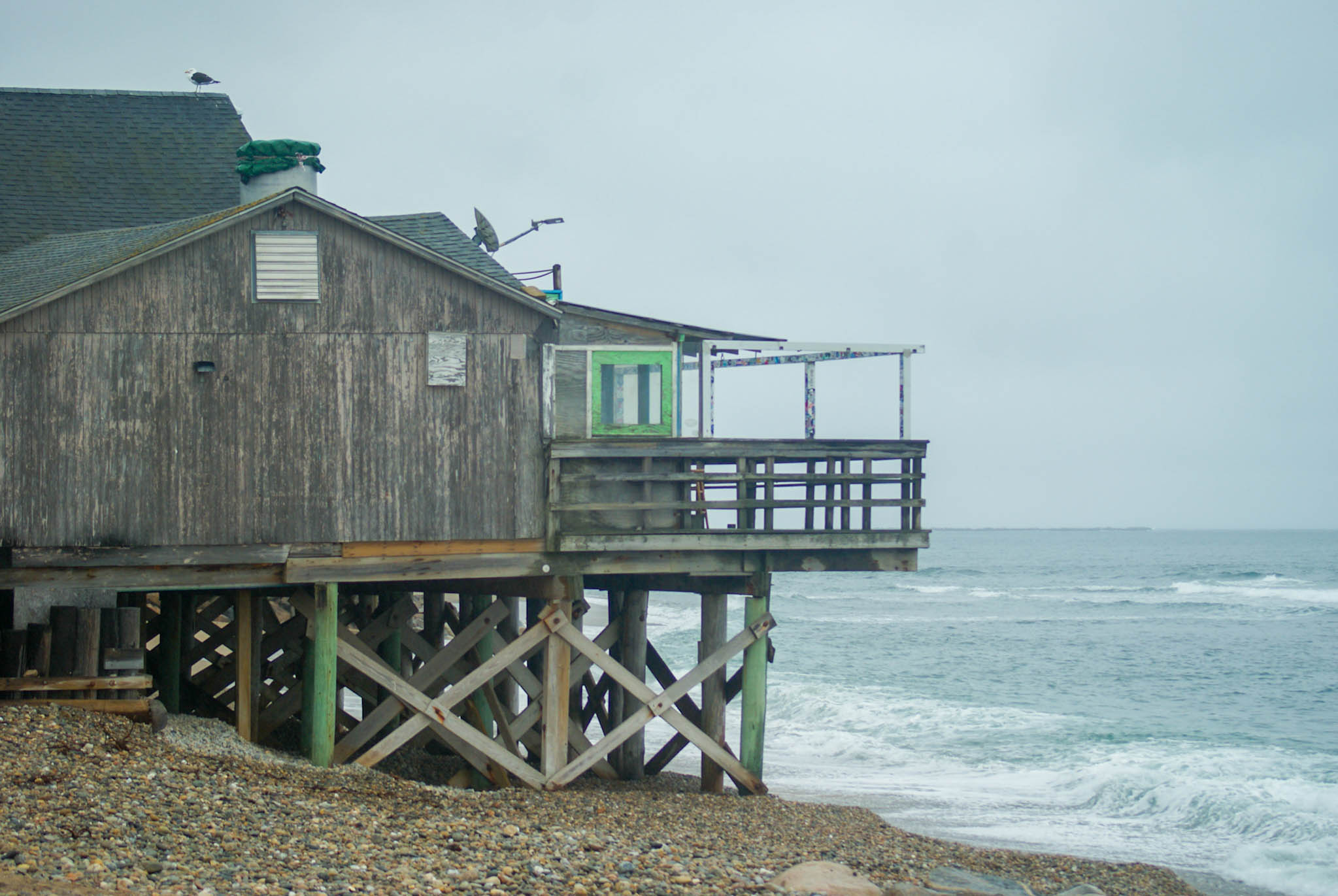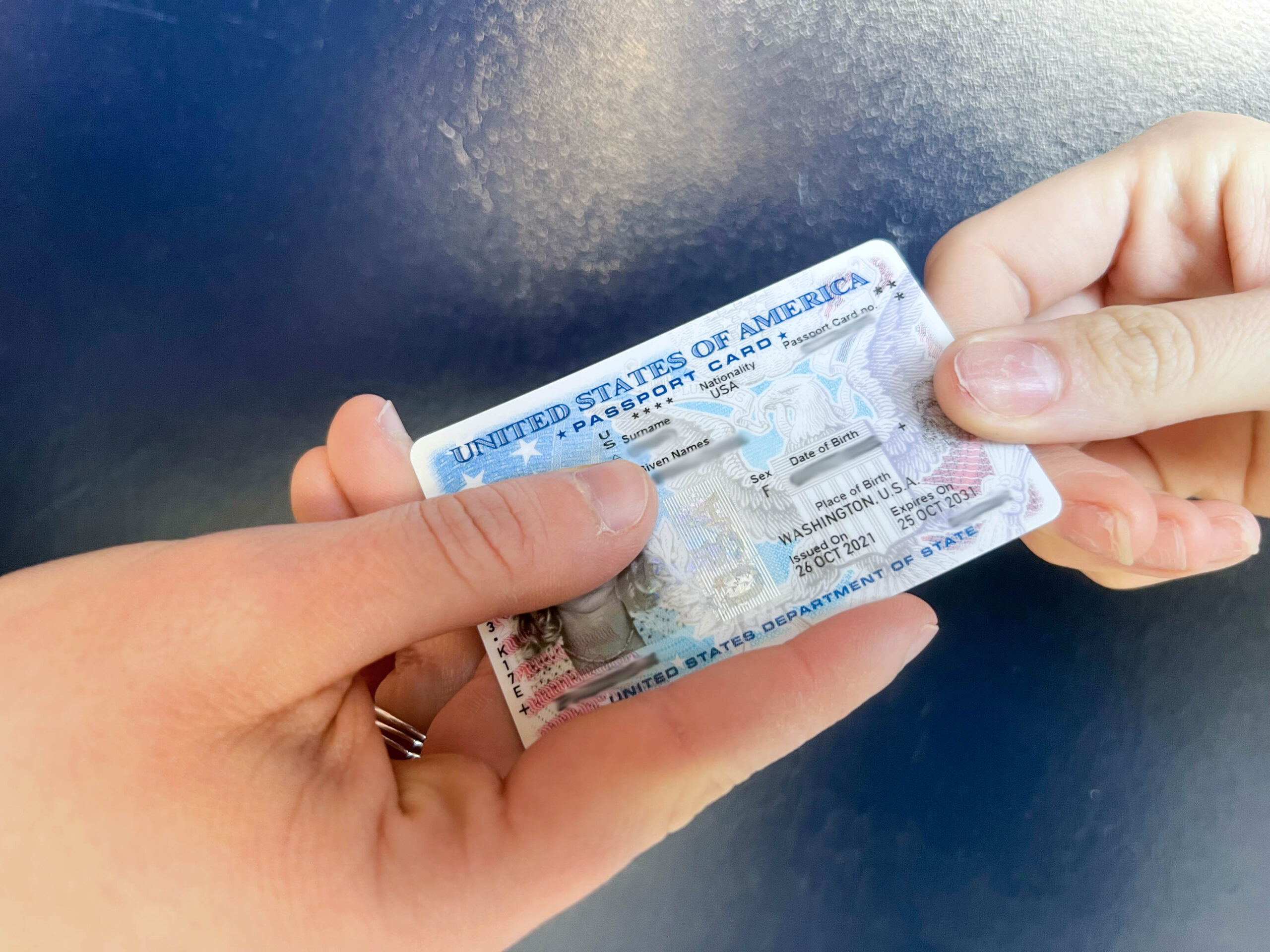A new research consortium for coastal ecology is being established statewide thanks to a $19 million grant from the National Science Foundation to the University of Rhode Island. The grant, building on an additional $3.8 million of state funding, is part of a five year effort from the National Science Foundation to study the ecology of the Narragansett Bay and the effects of both natural and human stressors on the Bay.
While URI is the lead institution in the consortium, it is also in full partnership with almost every other higher education institution in the state, including Rhode Island College, Rhode Island School of Design and Brown University, with over 60 researchers from across the state involved in the collaboration.
Dr. Lewis Rothstein, a professor of Oceanography and a co-principle investigator of the NSF grant, described the workings of the new Rhode Island Consortium for Coastal Ecology, Assessment, Innovation and Modeling (C-AIM). There are four major components of monitoring the ecology of the Narragansett Bay, which Dr. Rothstein calls, “Thrusts.”
“There’s an observational thrust,” Dr. Rothstein said. “We’ve designed an observatory that will monitor the Bay to detect what’s going on in real-time.” With observation of the Bay comes the need to understand how the present effects on the Bay will manifest in the future.
The second Thrust is a modeling effort to understand climate change and the scientific interactions in the Narragansett Bay and help to answer hypothetical scenarios of human behavior to better prepare for the future.
The third Thrust is an engineering effort to create new and inexpensive sensors; monitoring the Narragansett Bay is not an easy or cheap task, so the consortium will lead in engineering new sensors to overcome the limitations of the sensors currently in place for better spatial coverage and temperature measurement of the Bay. The fourth Thrust is a component of visualization.
“We have large data sets which we will be evolving here in real time,” said Dr. Rothstein. “It’s four dimensional and it’s a lot of data.” The fourth Thrust will involve large data facilities at Brown University and the University of Rhode Island, as well as online data on the Narragansett Bay available to the public and researchers in the coming year, which Dr. Rothstein called “a legacy of this program.”
In addition to a multi-disciplinary effort across all of the natural sciences, engineering, and technology, there is also a social science and communicative aspect of the consortium to better inform the public and mitigate public behavior. Dr. Rothstein explained, “We have an important social sciences program to help inform human behavior, and that leads into the modeling effort and how that new human behavior might be better for the Bay.”
Rhode Island’s state name, the Ocean State, reflects how critically important the Narragansett Bay is to our state’s livelihood and economy. An informed public is important, so there will also be educational programs established in K-12 programs statewide, along with funded undergraduate interns, a graduate program, a post-doctoral program, and a workforce initiative.
“The educational piece is important,” Dr. Rothstein explained. “We’re going to try to bring in what we’re doing over these next five years into many different classrooms all over the state, not just URI.” And with such a large interdisciplinary field spread across the gamut of education, it is not hard to find some way to experience and contribute to a piece of the consortium’s efforts. “It’s so important for young people to understand that climate change is not something to sit back and watch happen,” Dr. Rothstein concluded. “You need to get involved in it by first understanding the science.”





